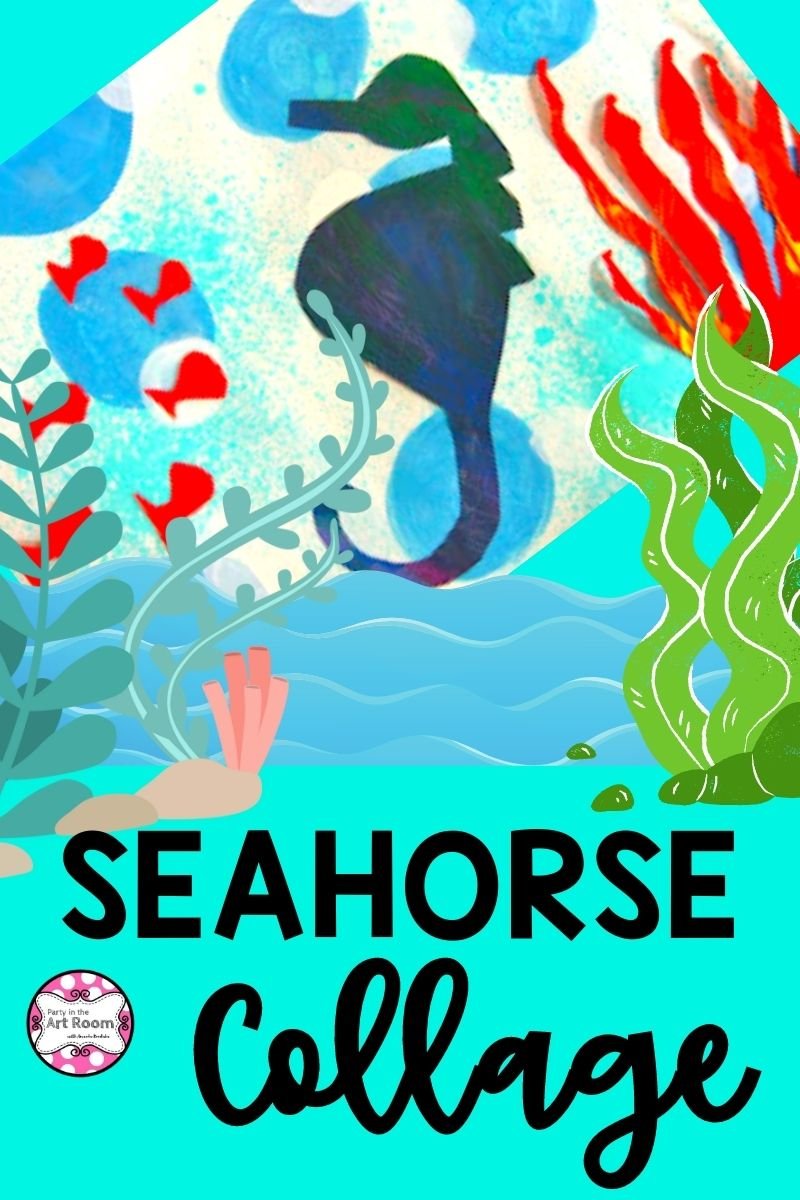How to Create an Easy Seahorse Art Project for Kids
One of the best benefits of art is its link to creativity. Because of art, this is built by exercising fine motor skills, problem-solving, and neural development. Several years ago, for my third grade class, creativity was brought to life through these skills with an activity of creating a seahorse based on a book by Eric Carle.
Using Books to Teach Art
With authors like Eric Carle, using books to teach art can offer a unique approach to learning. Speaking specifically of Mr. Carle, his books offer several artistic touches such as:
Collage techniques
The use of hand-painted papers
Added dimensions through die-cut papers
His books also highlight his love for nature with an ability to help children learn more about the world around them. Having these things in mind, creating a seahorse craft helped children get in touch with their inner creativity. Keep reading for the steps I took in walking my third grade class through making one of their own.
About This Activity
Timeframe: Four 45-minute sessions
Grade Level: 3rd
Materials:
11x14 medium weight/white tag board
11x14 sheet orange construction paper
11x14 sheet blue construction paper
liquid watercolors- blue and fluorescent blue, white tempera paint, warm and cool colors of tempera paint
Scissors
Glue
Pencil
Mister Seahorse by Eric Carle (for reading and showing)
Session One: Painting with warm colors.
On the 11x14 orange construction paper, students used warm colors (red, orange, yellow- sometimes we include pink in our warm colors, but not for this project) of liquid tempera to "free paint" the entire sheet. I played music so that they could paint to the rhythm.
I instructed them to fold the sheet in half and concentrate on yellow on one half and orange on the other. It didn't matter which direction they folded the paper. I did this to make sure that the whole thing didn't end up looking like the goop on a fast food hamburger (mustard and ketchup mixed together). They were free to add whatever designs they chose to the paper. They did basically the same thing on the 11x14 blue construction paper, except this time they did not fold the paper. They also used white with their cool colors.
Session Two: The background.
Next, the students used a spray bottle filled with blue liquid watercolor and water to spray an 11x14 sheet of white tagboard. The objective to using the spray bottle is to make the background look like splatter paint, not to completely cover it. I told them to spray about 8 times in 8 different places. This seemed to help them spray the paper evenly.
They used blue and fluorescent blue liquid watercolors combined with water in a small cup to paint large polka dots over the wet spray background. Then they used white tempera to paint smaller dots overlapping the blue. They did not have to wait on one step to dry before continuing to the next step.
Session Three: Cutting the coral, school of fish, and seahorse.
After the blue and orange construction paper was dry and about two weeks after beginning the project, students cut out the coral, the school of fish, and the sea horse. They turned to the back of the paper to draw with a pencil. Some students had a very hard time drawing the coral. So, I let them trace their hands, making the fingers long and wavy.
Session Four: Glue.
The final step was to glue. I had to store their cutouts in a zipper bag after they cut out and before they glued. They just didn't have time to do both in one session.
This project was time consuming but easy. It was mildly challenging to my lower students who had difficulty with drawing and cutting such small items as the fish. However, they all turned out well. This method could easily be used for any Eric Carle book.
I’d love to know if you’ve tried this method before and what your students created. Let me know in the comments below!

